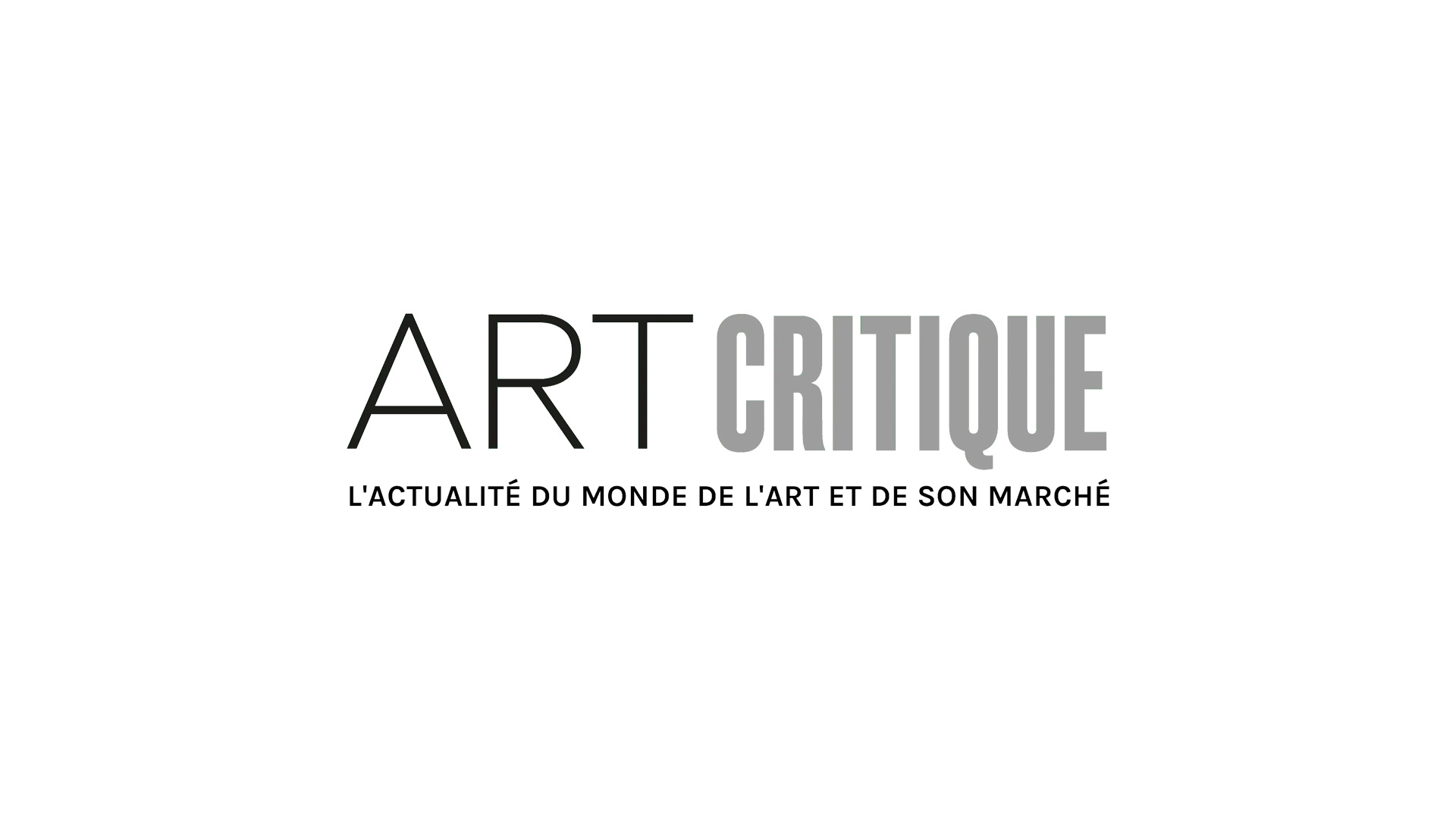Nearly two months ahead of the start of the 58th Venice Biennale, artists and galleries from the UK are already shipping artworks to mainland Europe for safe holding. The extra cushion of time is due to concerns over the upcoming deadline for Brexit: March 29th. By shipping artworks ahead of B-day, so to speak, artists and galleries are able to take advantage of the free exchange of goods within the European Union (EU) if a no-deal scenario plays out.
The works by both Glasgow-based artist Cathy Wilkes, representing England in the British pavilion, and London-based Eva Rothschild, selected for the Irish pavilion, are headed to Italy early to make sure there isn’t any issue or delay in relation to Brexit. Rothschild’s London gallery, Modern Art, like many individuals in both the UK and EU’s art sectors are concerned about the uncertainties that are quickly approaching. ‘Once Brexit has happened,’ says Stuart Shave, director of Modern Art, ‘there will be no guarantee that the export of artworks will not be subject to intense chaos and inevitable delays.’ Mary Cremin, commissioner and curator of the Irish pavilion and director of Void Gallery based in Northern Ireland, offered similar sentiments saying that waiting until closer to the biennale isn’t ‘worth the risk of getting held up at customs. The ramifications are huge.’
‘If there is no deal, it means all shipments between Britain and the EU will be subject to customs and clearance,’ says Victor Khureya, executive operations director of London’s Gander & White, a fine-arts shipping specialist, according to the New York Times. The Irish pavilion is also using Italian shipping to transport their artworks. Those shippers are ‘concerned about where the work is coming from and whether it’s within EU circulation,’ says Cremin, which has added another level of stress to the entire process. Meanwhile, some shipping firms, like Martinspeed in London, have advised those looking to ship things post Brexit to consider using ports other than Dover, which may well get congested, and to expect extra time, costs, and formalities.
Artists and galleries facing difficulties ahead of the Venice Biennale aren’t the only pre-Brexit deadline symptoms in the art world, either. The Tornabuoni Arte gallery in London, for example, has already shifted gears ahead of the March deadline. With five other galleries around France and Italy, their London gallery is closing an exhibition of 20th-century works by Alberto Burri and Lucio Fontana on March 9th, three weeks before it was meant to close. If the UK does exit the EU’s free trade zone, the 40 artworks that are part of the show could accrue around €7 million in tax when shipped back to Italy due to Italy’s 10% levy placed on artworks imported from outside their trade bloc.
Others are looking even further into the future of shipping artworks. Kate MacGarry, a London art dealer, told The Art Newspaper that she’s importing works by French artist Bernard Piffaretti now prior to Frieze London, which won’t begin until October – nearly seven months after the upcoming deadline. ‘I’m stocking up in a way,’ says MacGarry. ‘I don’t want to be a panic, so I’m getting organized.’
Some might see the actions that many are taking as panic already, but given the questions that still loom, who can blame them?





